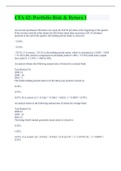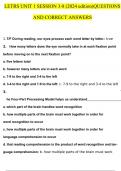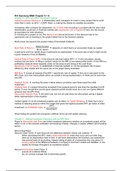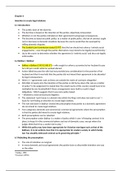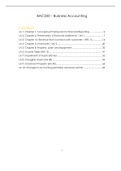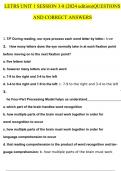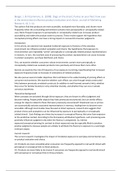An investor purchased 100 shares of a stock for $34.50 per share at the beginning of the quarter.
If the investor sold all of the shares for $30.50 per share after receiving a $51.55 dividend
payment at the end of the quarter, the holding period return is closest to:
−13.0%.
−11.6%.
−10.1%. C is correct. −10.1% is the holding period return, which is calculated as: (3,050 − 3,450
+ 51.55)/3,450, which is comprised of a dividend yield of 1.49% = 51.55/(3,450) and a capital
loss yield of −11.59% = -400/(3,450).
An analyst obtains the following annual rates of return for a mutual fund:
Year Return (%)
2008 14
2009 −10
2010 −2
The fund's holding period return over the three-year period is closest to:
0.18%.
0.55%.
0.67%. B is correct. [(1 + 0.14)(1 − 0.10)(1 − 0.02)] - 1 = 0.0055 = 0.55%.
An analyst observes the following annual rates of return for a hedge fund:
Year Return (%)
2008 22
2009 −25
2010 11
The hedge fund's annual geometric mean return is closest to:
0.52%.
1.02%.
2.67%. A is correct. [(1 + 0.22)(1 − 0.25)(1 + 0.11)] (1/3) − 1 = 1.0157(1/3) − 1 = 0.0052 =
0.52%
, Which of the following return calculating methods is best for evaluating the annualized returns
of a buy-and-hold strategy of an investor who has made annual deposits to an account for each of
the last five years?
Geometric mean return.
Arithmetic mean return.
Money-weighted return. A is correct. The geometric mean return compounds the returns instead
of the amount invested.
An investor evaluating the returns of three recently formed exchange-traded funds gathers the
following information:
ETF Time Since Inception Return Since Inception (%)
1 146 days 4.61
2 5 weeks 1.10
3 15 months 14.35
The ETF with the highest annualized rate of return is:
ETF 1.
ETF 2.
ETF 3. B is correct. The annualized rate of return for ETF 2 is 12.05% = (1.0110 52/5) − 1,
which is greater than the annualized rate of ETF 1, 11.93% = (1.0461 365/146) − 1, and ETF 3,
11.32% = (1.1435 12/15) − 1. Despite having the lowest value for the periodic rate, ETF 2 has
the highest annualized rate of return because of the reinvestment rate assumption and the
compounding of the periodic rate.
With respect to capital market theory, which of the following asset characteristics is least likely
to impact the variance of an investor's equally weighted portfolio?
Return on the asset.
Standard deviation of the asset.
Covariances of the asset with the other assets in the portfolio. A is correct. The asset's returns are
not used to calculate the portfolio's variance [only the assets' weights, standard deviations (or
variances), and covariances (or correlations) are used].
A portfolio manager creates the following portfolio:
Security Security Weight (%) Expected
Standard Deviation (%)
1 30 20

